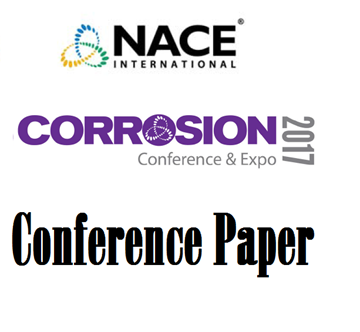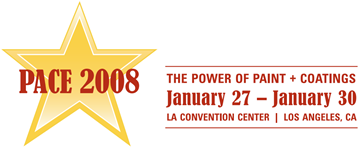Search
Individual Conference Papers
View as
Sort by
Display
per page
In-Situ Coating Method for Cleaning and Coating of Internally Corroded Pipelines in the Field
Product Number:
41213-751-SG
Publication Date:
2013
$20.00
In-situ CPT of Austenitic and Duplex Stainless Steels on Chloride Containing Environments
Product Number:
51317--9312-SG
ISBN:
9312 2017 CP
Publication Date:
2017
$20.00
In-Situ Determination Of The Degree Of Sensitization In Austenitic Stainless Steels
Product Number:
51322-17805-SG
Publication Date:
2022
$20.00
In-Situ Erosion-Corrosion Testing Equipment for Geothermal Environment and Comparative Results for T
Product Number:
51319-13457-SG
Publication Date:
2019
$20.00
In-Situ Observation Of Hydrogen-Induced Cracking Initiation Site In Linepipe Steels
Product Number:
51322-17816-SG
Publication Date:
2022
$20.00
In-situ Performance of Galvanized and Zinc Rich Coating Systems for Structural Steel in a Chemical Plant Environment
Product Number:
41208-461-SG
Publication Date:
2008
$20.00
In-situ Study of Iron Carbonate Formation Kinetics and Pseudo-passivation of Carbon Steel in Aqueous CO2 Environments
Product Number:
51324-20667-SG
Publication Date:
2024
$40.00
In-Situ Synthesis Of Corrosion Product-Polymer Composites On Carbon Steel For Enhanced Erosion-Corrosion Protection In CO2 Corrosion Environments
Product Number:
51322-17717-SG
Publication Date:
2022
$20.00
Inspection & Corrosion Control of Wet Sour Gas Subsea Pipelines
Product Number:
MPWT19-15277
Publication Date:
2019
$0.00
Inspection and Mitigation of Corrosion for Pipe Cable Systems
Product Number:
51321-16434-SG
Publication Date:
2021
$20.00
Inspection of Corrosion Resistant FRP Equipment
Product Number:
51324-20741-SG
Publication Date:
2024
$40.00












